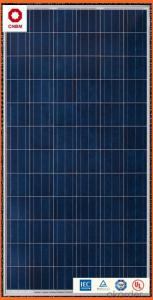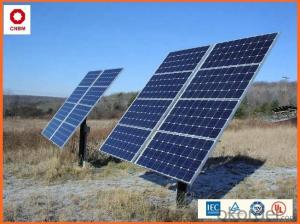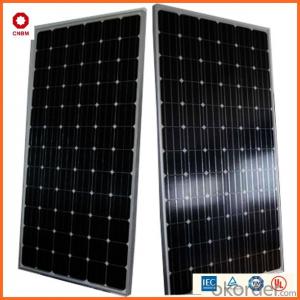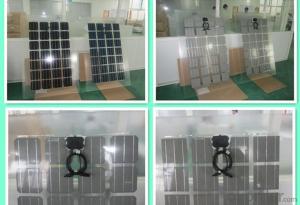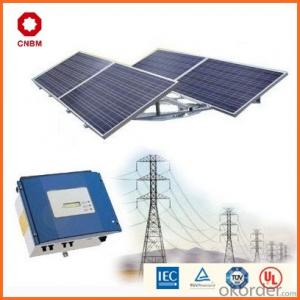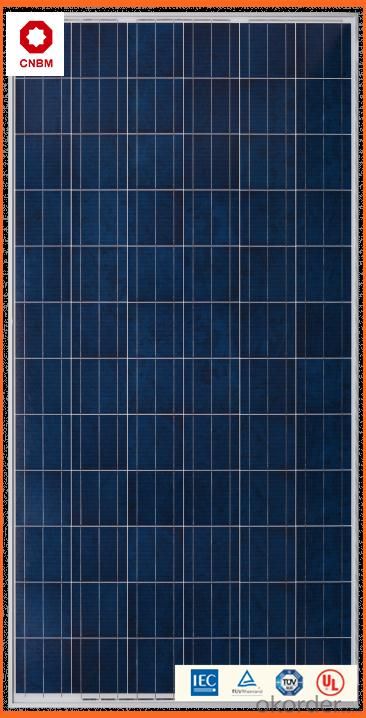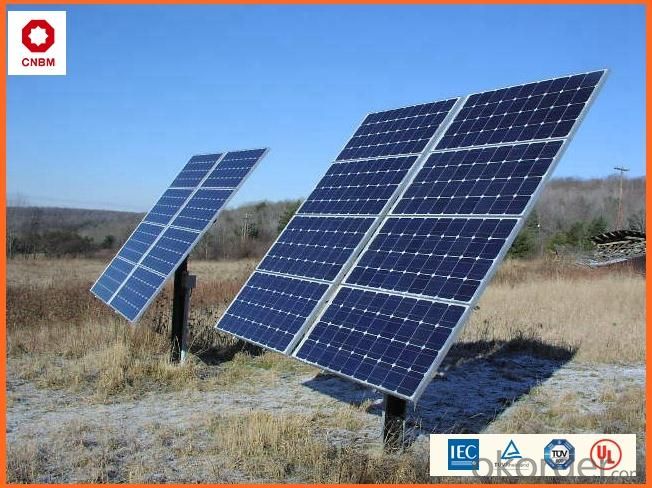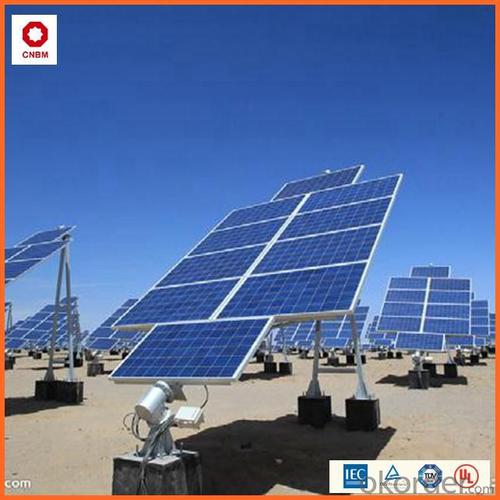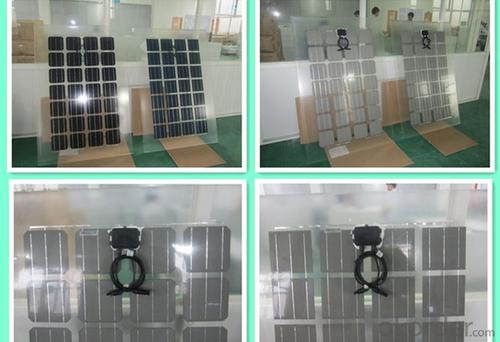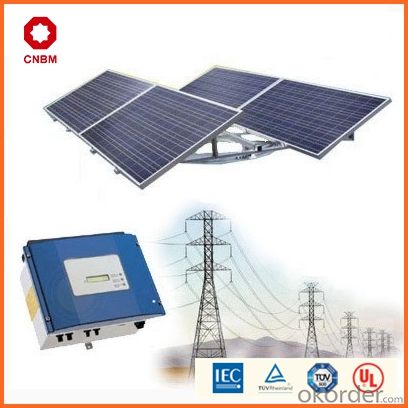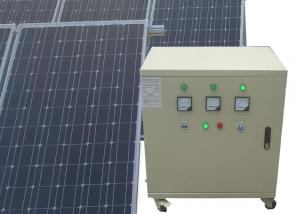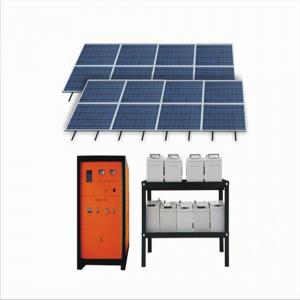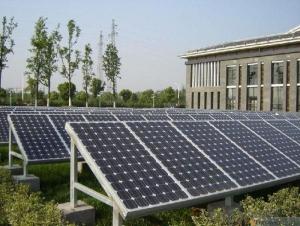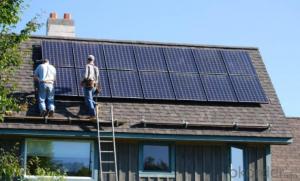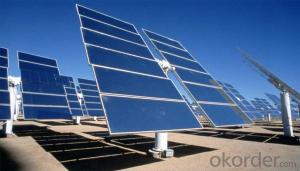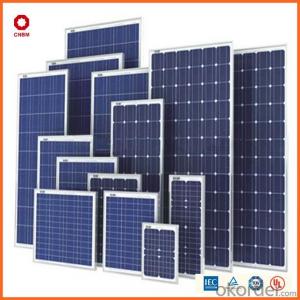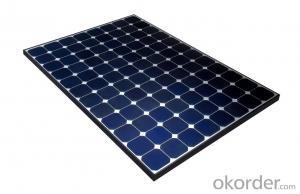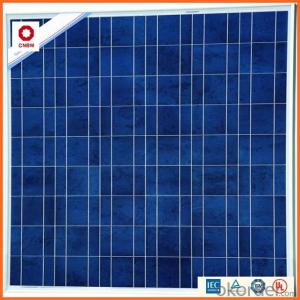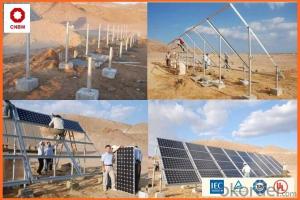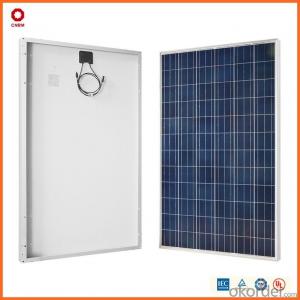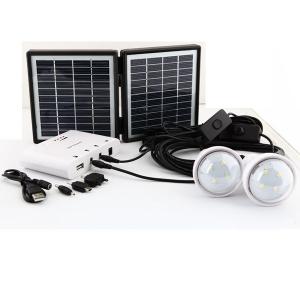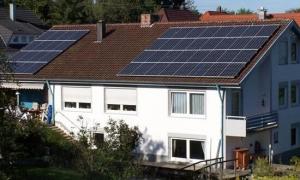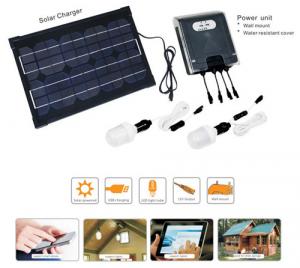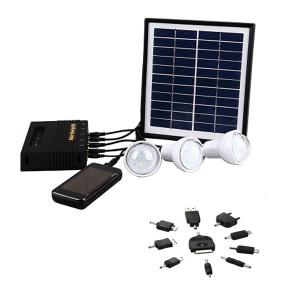Agl Solar Energy Systems 100w Small Solar Panels in Stock China Manufacturer
- Loading Port:
- China main port
- Payment Terms:
- TT OR LC
- Min Order Qty:
- 1 watt
- Supply Capability:
- 10000000 watt/month
OKorder Service Pledge
OKorder Financial Service
You Might Also Like
Specification
Product Description:
Hot Sale !!! Quality and Safety of Small Poly Solar Panel 5w~150w
1. Rigorous quality control meets the highest international standards.
2. High-transmissivity low-iron tempered glass, strong aluminium frame.
3. Using UV-resistant silicon.
4. IS09001/14001/CE/TUV/UL
Warranties of Small Poly Solar Panel 35~85w
1. 10 years limited product warranty
2. 15 years at 90% of the minimal rated power output
3. 25 years at 80% of the minimal rated power output
Specification
Characteristics of Poly solar panels CNBM (245-320W) | |||||
Max Power Voltage Vmp(V) | 30.3 | 30.8 | 31.1 | 31.4 | 31.85 |
Max Power Current Imp(A) | 7.60 | 7.64 | 7.73 | 7.81 | 7.85 |
Open Circuit Voltage Voc(V) | 36.1 | 36.6 | 37 | 37.3 | 37.68 |
Short Circuit Current Isc(A) | 8.50 | 8.55 | 8.65 | 8.75 | 8.85 |
Max Power Pm(W) | 230W | 235W | 240W | 245W | 250W |
Temperature Coefficient of Cells Poly solar panels CNBM (245-320W) | |
NOCT | 45± 2 |
Temperature Coeffucients of Isc | 0.0492 |
Temperature Coeffucients of Voc | -0.3374 |
Temperature Coeffucients of Voc | -0.4677 |
Mechanical Data of Poly solar panels CNBM (245-320W) | |
Dimension | 1638 × 982 × 40 mm |
Weight | 19.5 kg |
No. of Cells and Connections | 60 (6 ×10) |
Tolerance | 0 ~ + 5 W |
Cell | Monocrystalline Cell 156 × 156 mm |
Packing | 624 Pcs/40ft(H) Container |
Limits of Poly solar panels CNBM (245-320W) | |
Operating Temperature | -40 to +85 |
Storage Temperature | -40 to +85 |
Max System Voltage | 1000VDC(IEC) / 600VDC(UL) |
Features of our products:
• High conversion efficiency mono/poly-crystalline amorphous silicon solar cells
• Modules incorporate high performance bypass diodes to minimize the power drop caused by shading
• High transmittance, low-iron tempered glass
• High performance EVA encapsulant to prevent destroying and water.
• AI frame: without screw, corner connection. 8 holes on the frame can be installed easily
• Good performance of preventing from atrocious weather such as wind and hails
• Certifications: CE IEC TUV VDE UL, Class I
• 10 years 90% power output warranty
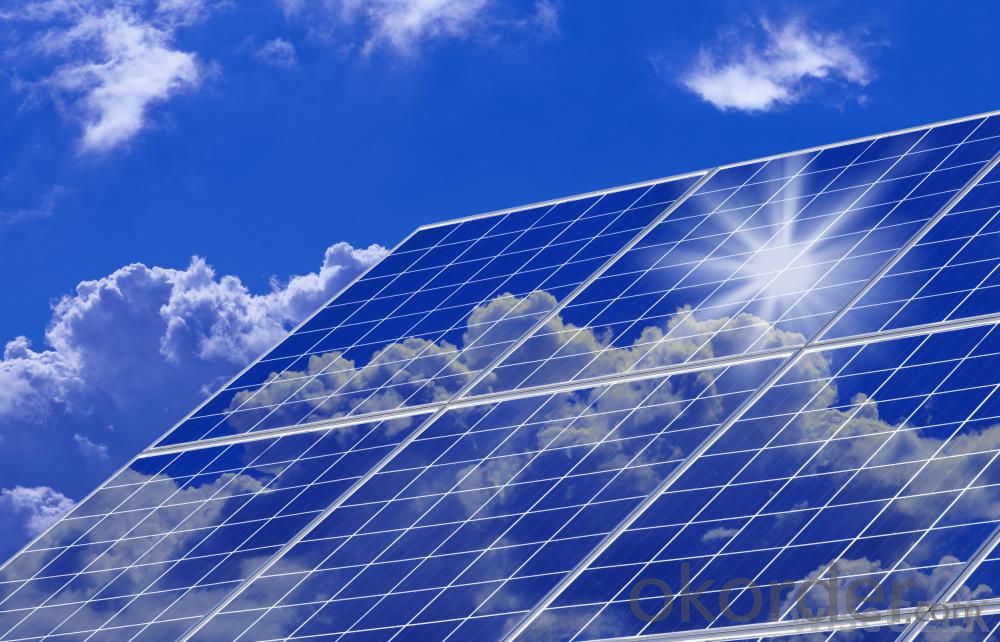
Shipping of Small Poly Solar Panel 35~85w
By Sea | Delivery from Shanghai or Ningbo seaport |
By Air | Departure from Shanghai Pudong Airport |
By Express | Post by DHL, EMS, UPS, TNT. |
Features of our products:
• High conversion efficiency mono/poly-crystalline amorphous silicon solar cells
• Modules incorporate high performance bypass diodes to minimize the power drop caused by shading
• High transmittance, low-iron tempered glass
• High performance EVA encapsulant to prevent destroying and water.
• AI frame: without screw, corner connection. 8 holes on the frame can be installed easily
• Good performance of preventing from atrocious weather such as wind and hails
• Certifications: CE IEC TUV VDE UL, Class I
• 10 years 90% power output warranty
As a professional Solar Panel manufacturer and Supplier in China, we have our customers come around the whole world and our specialization has got a worldwide recognition. Meanwhile, with our superior quality, competitive price, prompt and excellent service, As main role in trade section of CNBM Group, CNBM International Corporation supplies products including Monocrystalline Solar Panel, Polycrystalline Solar Panel ( multicrystalline silicon Solar Panel) have received and enjoyed famous reputation in many countries and regions in the world.
- Q: Can solar energy systems be used for emergency backup power during power outages?
- Yes, solar energy systems can be used for emergency backup power during power outages. Solar panels generate electricity by converting sunlight into energy, which can be stored in batteries for later use. This stored energy can then be used to power essential appliances and devices during power outages, providing a reliable backup power source.
- Q: Can solar energy systems be used in areas with limited access to sunlight due to shading from nearby buildings or structures?
- Solar energy systems can still be used in areas with limited access to sunlight due to shading from nearby buildings or structures, but their efficiency may be reduced. It is important to design and position the solar panels properly to maximize exposure to sunlight throughout the day. Additionally, advanced technologies like solar tracking systems or micro-inverters can help mitigate the impact of shading, making solar energy viable even in shaded areas.
- Q: Can solar energy systems be used in areas with limited access to solar energy incentives and rebates?
- Yes, solar energy systems can still be used in areas with limited access to solar energy incentives and rebates. While incentives and rebates can make solar installations more affordable, the feasibility of solar energy systems depends on factors such as the availability of sunlight and the cost of traditional energy sources. In areas with limited solar incentives, the decision to install solar panels should be based on factors like long-term cost savings, energy independence, and environmental benefits. Additionally, advancements in solar technology and decreasing costs make solar energy a viable option even without incentives.
- Q: How do solar energy systems impact the stability of the electricity supply?
- Solar energy systems can have both positive and negative impacts on the stability of the electricity supply. On one hand, solar energy systems can enhance the stability by diversifying the energy sources and reducing dependency on traditional fossil fuels. Additionally, distributed solar systems can contribute to grid resilience and reduce the risk of large-scale power outages. However, the intermittent nature of solar energy can also introduce challenges, as the electricity supply becomes more reliant on weather conditions. To mitigate this, advanced technologies such as energy storage systems and smart grid management solutions are being used to ensure a stable and reliable electricity supply.
- Q: How does the efficiency of solar panels vary across different climates?
- The efficiency of solar panels can vary across different climates due to several factors. One of the main factors is the amount of sunlight available in a particular region. Solar panels function by converting sunlight into electricity, so areas with higher levels of sunlight will generally have higher solar panel efficiency. In regions with a hot and sunny climate, such as deserts or tropical areas, solar panels tend to perform better. These areas receive a high intensity of sunlight, providing ample energy for the panels to convert into electricity. As a result, solar panels in these climates can achieve higher efficiency levels. On the other hand, in regions with cooler or cloudier climates, the efficiency of solar panels may be slightly lower. Cloud cover can reduce the amount of sunlight reaching the panels, impacting their overall performance. Additionally, colder temperatures can affect the efficiency of solar panels, as they typically operate more optimally in warmer conditions. However, it is important to note that solar panels are designed to work in various climates and can still generate electricity even in less sunny or colder regions. Advances in technology have enabled the development of solar panels that can absorb sunlight even in low-light conditions, increasing their efficiency in less favorable climates. Moreover, the efficiency of solar panels is not solely determined by climate but also depends on other factors such as the orientation and tilt angle of the panels, shading, and the quality of the solar cells used. Proper installation and maintenance can significantly impact the overall efficiency of solar panels, regardless of the climate. In summary, the efficiency of solar panels can vary across different climates due to factors like sunlight intensity, cloud cover, and temperature. While solar panels tend to perform better in hot and sunny regions, advancements in technology allow them to generate electricity even in less favorable conditions. Proper installation, maintenance, and consideration of other factors also play a crucial role in maximizing the efficiency of solar panels across various climates.
- Q: Are there any noise or vibration issues with solar energy systems?
- Solar energy systems may experience noise and vibration issues, albeit to a lesser extent compared to other energy generation methods. While solar panels themselves are silent and vibration-free during the process of converting sunlight into electricity, certain components like inverters or mounting structures may emit a faint hum or vibration. The extent of this depends on the system's quality and design. Moreover, if solar panels are placed on rooftops or in close proximity to living areas, there could be some audible noise or vibrations transmitted through the building structure. Nevertheless, these concerns are generally deemed insignificant and are often overshadowed by the environmental and economic advantages of solar energy.
- Q: How does the efficiency of solar panels vary across different manufacturers?
- The efficiency of solar panels can vary across different manufacturers due to several factors, including the quality of materials used, the manufacturing process, and the level of research and development invested in improving efficiency. Some manufacturers may have more advanced technologies or use higher-quality materials, resulting in higher efficiencies. Additionally, different manufacturers may prioritize different aspects of solar panel production, such as cost-effectiveness or durability, which can also impact efficiency. Therefore, it is important to compare the efficiency ratings and performance warranties of different manufacturers when considering solar panel options.
- Q: What is the lifespan of solar panels used in solar energy systems?
- The lifespan of solar panels used in solar energy systems can vary, but on average, they are designed to last for about 25 to 30 years.
- Q: Can solar energy systems be used in areas with frequent snowfall?
- Yes, solar energy systems can still be used in areas with frequent snowfall. While snow can temporarily reduce the efficiency of solar panels, it does not render them completely useless. Proper installation and maintenance, such as tilt adjustments or snow removal, can optimize their performance in snowy conditions. Additionally, advancements in technology, such as anti-reflective coatings and self-cleaning panels, are making solar energy systems more resilient to snow accumulation.
- Q: Can solar energy systems be used for powering off-grid research stations in Antarctica?
- Yes, solar energy systems can be used for powering off-grid research stations in Antarctica. Solar panels can be installed to capture and convert sunlight into electricity, which can then be stored in batteries for use during periods of low or no sunlight. This renewable energy source can provide a reliable and sustainable power supply for the research stations, reducing the dependence on fossil fuels and minimizing environmental impact.
Send your message to us
Agl Solar Energy Systems 100w Small Solar Panels in Stock China Manufacturer
- Loading Port:
- China main port
- Payment Terms:
- TT OR LC
- Min Order Qty:
- 1 watt
- Supply Capability:
- 10000000 watt/month
OKorder Service Pledge
OKorder Financial Service
Similar products
Hot products
Hot Searches
Related keywords
